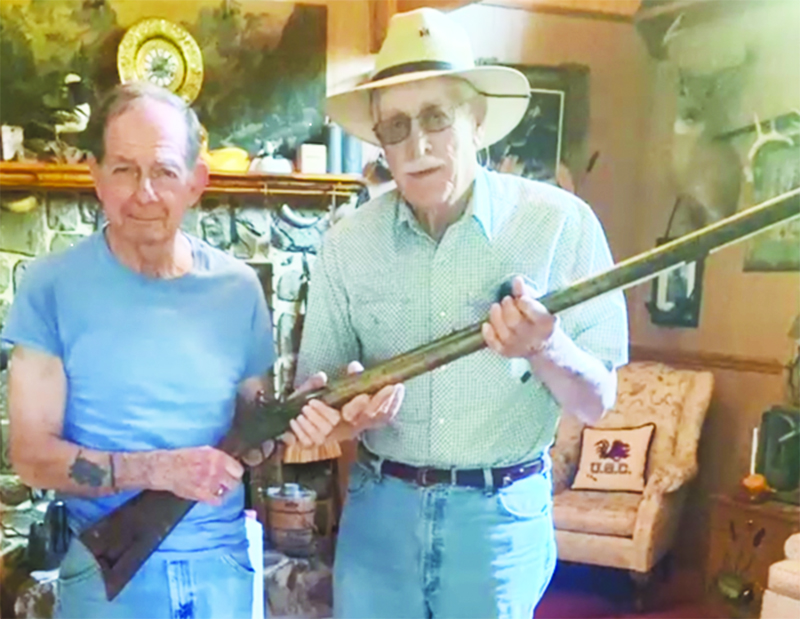Around and around we go: A brief history of the roundabout
Published 10:02 am Monday, October 9, 2023
|
Getting your Trinity Audio player ready...
|
By Marcia D. Phillips
Historian, Davie County Public Library
On one of the last misty mornings of September, drivers on Highway 158 at Farmington Road noticed the arrival of machinery to take down trees and move earth. The new roundabout begun there will result in no less than three of these modern traffic pattern designs within a half mile on the old historic Farmington Road, that began in colonial days as the Irish Ford Road taking travelers from Huntsville to Salisbury.
Town of Mocksville dwellers will have a new one at an old five-point intersection in the near future. (The latest from the N.C. Department of Transportation is by the end of the year.)
When and why did we start going in circles?
Since the shortest distance between two points has always been a straight line, not surprisingly, people historically moved in a straightforward way unless prevented by an obstacle.
Traffic circles showed up in history most often when city traffic demanded a way around an existing structure such as a monument like the Arc de Triomphe in Paris or the Colosseum in Rome. Even the American capital city Washington D.C. was designed by Pierre L’Enfant with a number of circles.
However, the increase of automobile traffic in the 20th century cried out for innovations to move impatient drivers more efficiently. But the evolution of the new version called a roundabout was not created in the American “better mousetrap” engineering labs. Americans wanted to drive faster and faster and be stopped only when the law required it.
The ”Keep Calm and Carry on” British developed the roundabout in the 1960s as an intentional way to protect lives and old buildings where widening streets in historic towns was not an option. Widely adopted in other European countries (mostly with multiple lanes), the first one was not built in the United States until 1990 in Nevada.
While a learning curve (literally) for the last few decades, anyone who has been held hostage behind a school bus at a yield sign quickly began to appreciate the advantages of roundabouts. They include slowing down speeders, the ability to make a big U-turn, have another chance if you missed your turn or have another choice. One can conceivably go around in circles as long as needed or desired. But making the right choice will save you on average 10% of travel time, to say nothing of stress.
The American challenge, but perhaps also an advantage, is that success with roundabouts demands a spirit of mutual cooperation and deference to other drivers, not a natural instinct to NASCAR Wannabes.
The greatest advantage, however, was pointed out to me by my son-in-law, David Wilson, a British resident. Roundabouts have reduced accidents with an injury or fatality by 90 percent because they simply alter the scenario for T-bone collisions at intersections. Awareness of other vehicles is an innate factor in this way forward, always in a counter clockwise direction.
History is giving Davie County another chance to embrace the circle.
It is interesting that downtown Mocksville once had a boxy shaped traffic circle around the original courthouse.
Even more interesting is a book in the Martin-Wall History Room at the Davie Public Library that details all the court records of the roads and bridges built in the county in the 19th century.




